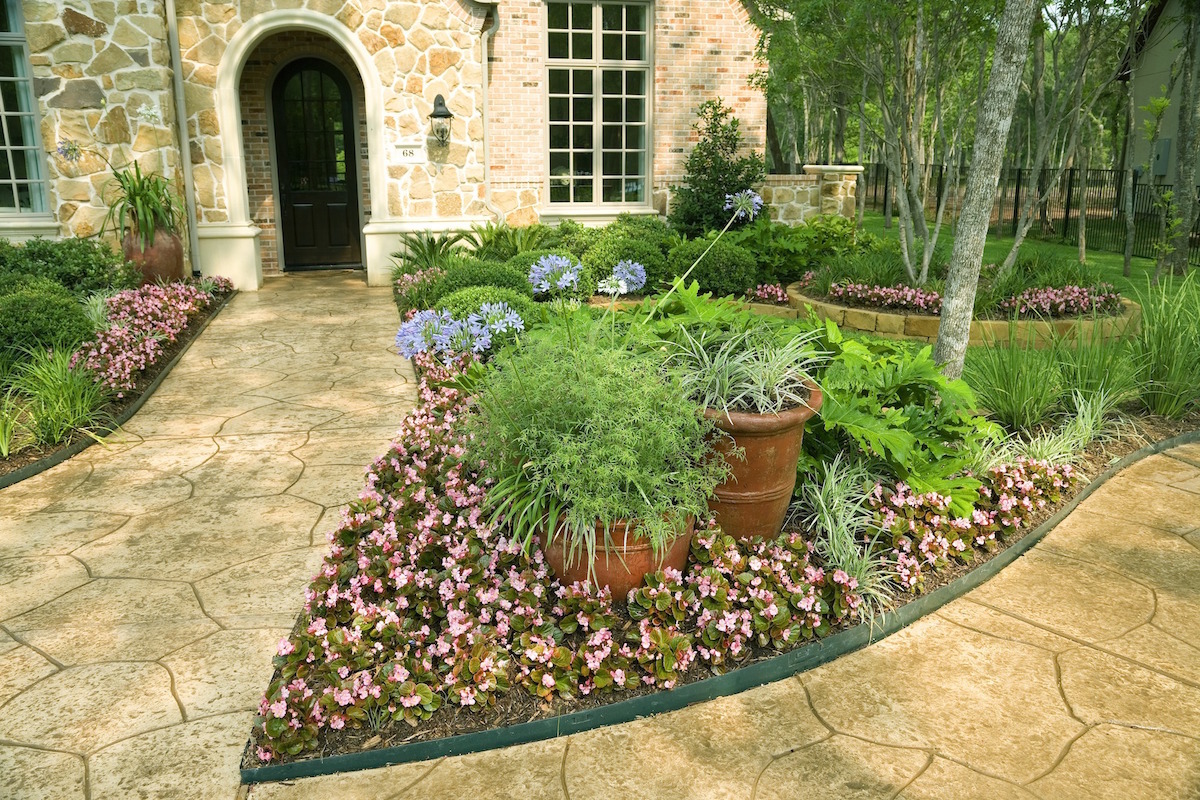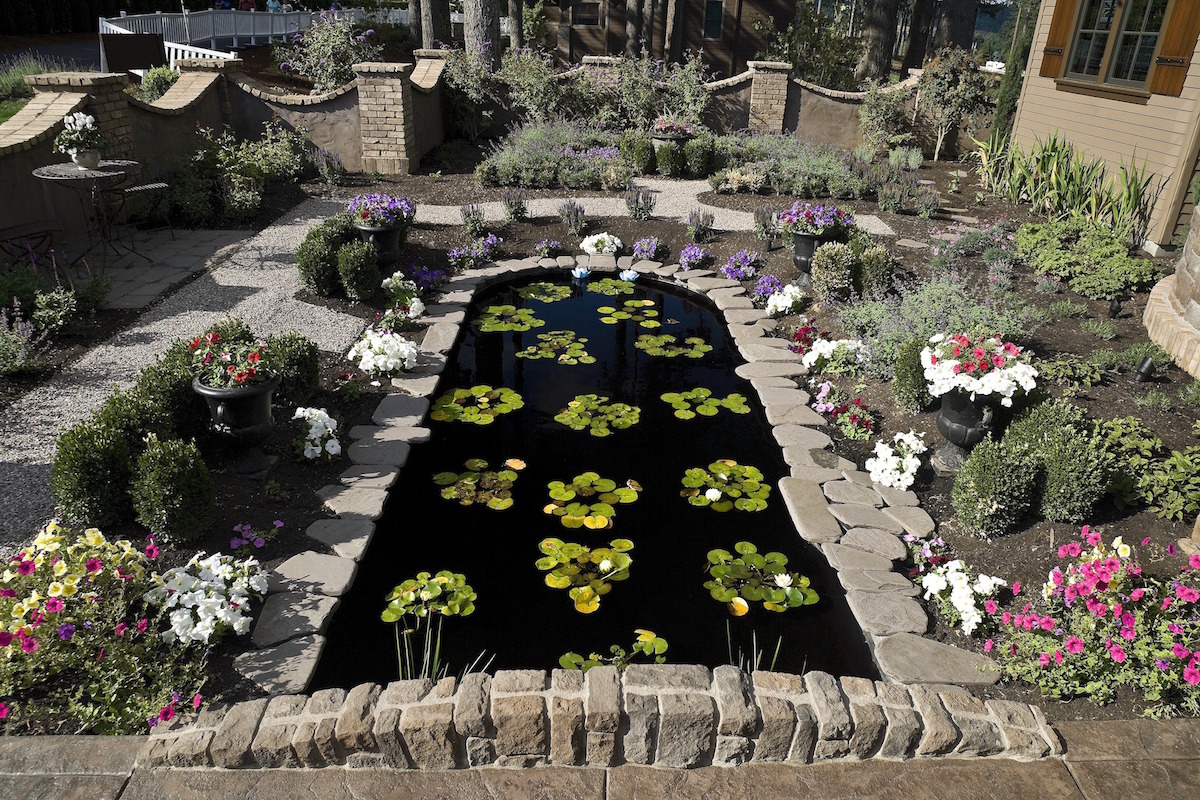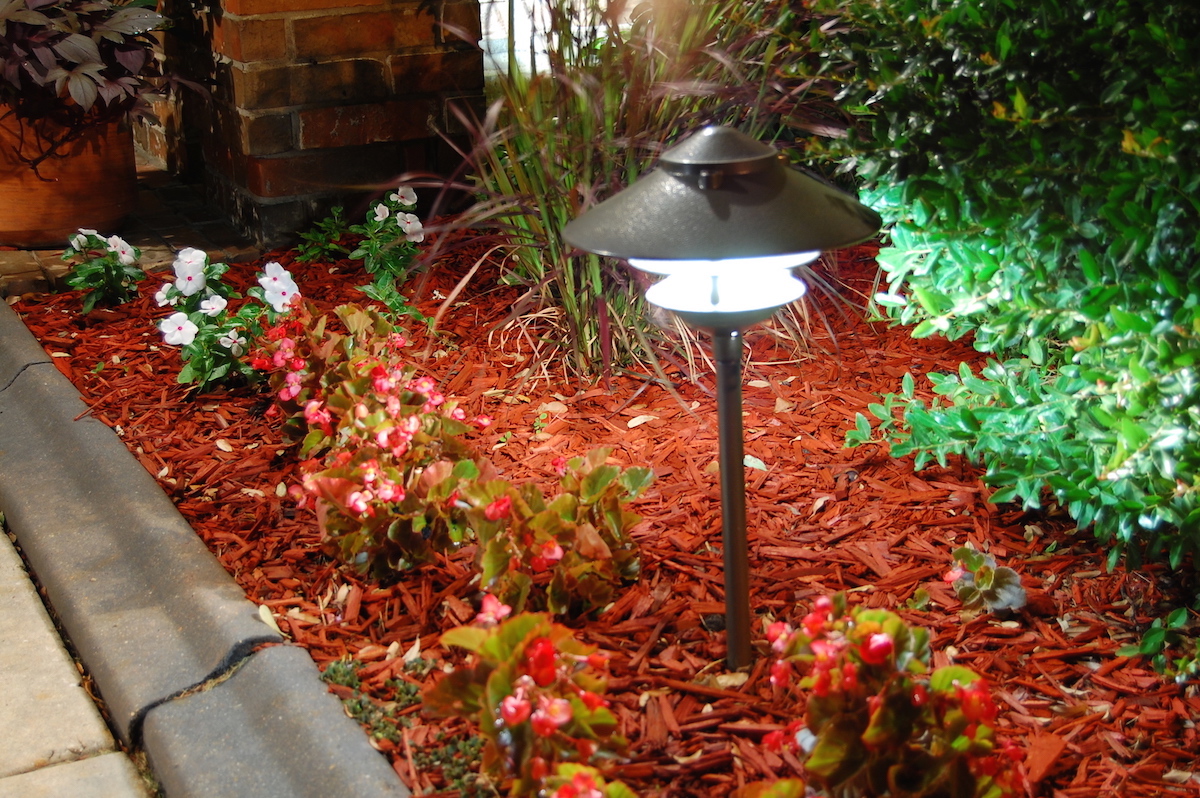Flowers fall into three categories: annuals, biennials, and perennials. Below are a few examples of each: Annuals Annuals are flowers that only last for a single growing season. You’ll want to plant these as soon as the last frosts are passed in order to get the best blooms from them. Annuals include flowers like
- Begonias
- Cosmos
- Geraniums
- Snapdragons
- Strawflowers
- Sunflowers
- Zinnias
Biennials Biennieals last for two years, but don’t get really pretty until the second year. The first year, they will stay small, close to the ground, and mostly green. Year two, you’ll start to see flowers and more depth to the flowers. Some biennials include
- Black-Eyed Susans
- Foxgloves
- Poppies
- Wallflowers
Perennials Perennials are plants that can return again and again, season after season. During the winter months, the growth above-ground will die off and the plant may appear dead, but in the spring, they will start to green and bloom again. Some common perennials include
- Bleeding Heart
- Butterfly Bush
- Hibiscus
- Hydrangeas
- Irises
- Lavender
- Tulips
Remember, don’t go too overboard with your flowers. If you overdo it, your landscaping maintenance costs could add up. Or your yard could end up looking like the cat lady’s a few blocks over.
2. Mow Your Lawn & Cut In Edges
If you wanted to keep things even simpler than planting new flowers, regular maintenance can transform your backyard. When it comes to landscaping, maintenance always starts with mowing and cutting. During the summer, you should regularly mow your lawn. Sadly, there is no exact height all lawns should be, but the experts say to never take off more than 1/3 of the grass height. nike internationalist hombre Once a week is ideal in the summer, but biweekly is acceptable in the early spring when rain is more frequent. If you miss a week, do not overdo it next week. Your lawn needs to be long enough to produce shade and protect sensitive roots from being exposed to sunlight. The Garden Counselor explains, “Taller grass will grow deeper roots, keep the soil moist and crowd out many weeds. Keeping grass mowed short limits the amount of root growth that occurs.” This is the only way your lawn will grow and keep its shiny, green exterior. Cutting your lawn too short ruins your grass and shocks your lawn system. In addition to regular mowing, active DIYers should edge their lawns. A neatly edged lawn along a sidewalk or driveway is a thing of beauty. Luckily, basic string trimmers can get the job the done. If you want to see how the pros do it, watch how Mark and Theresa Clement of MyFixItUpLife edge their lawn:



